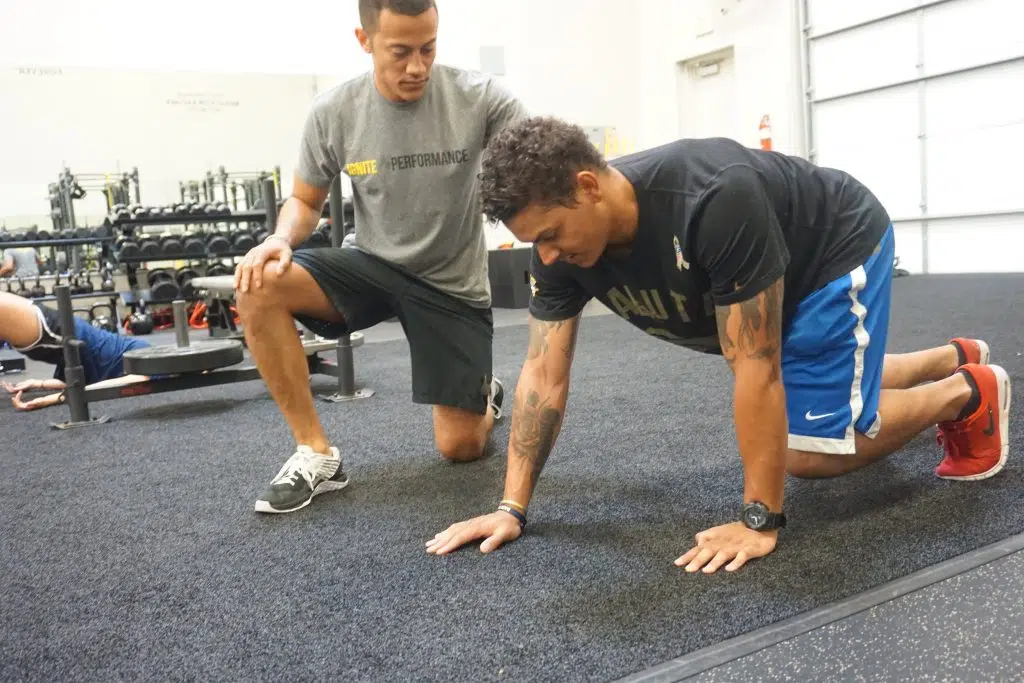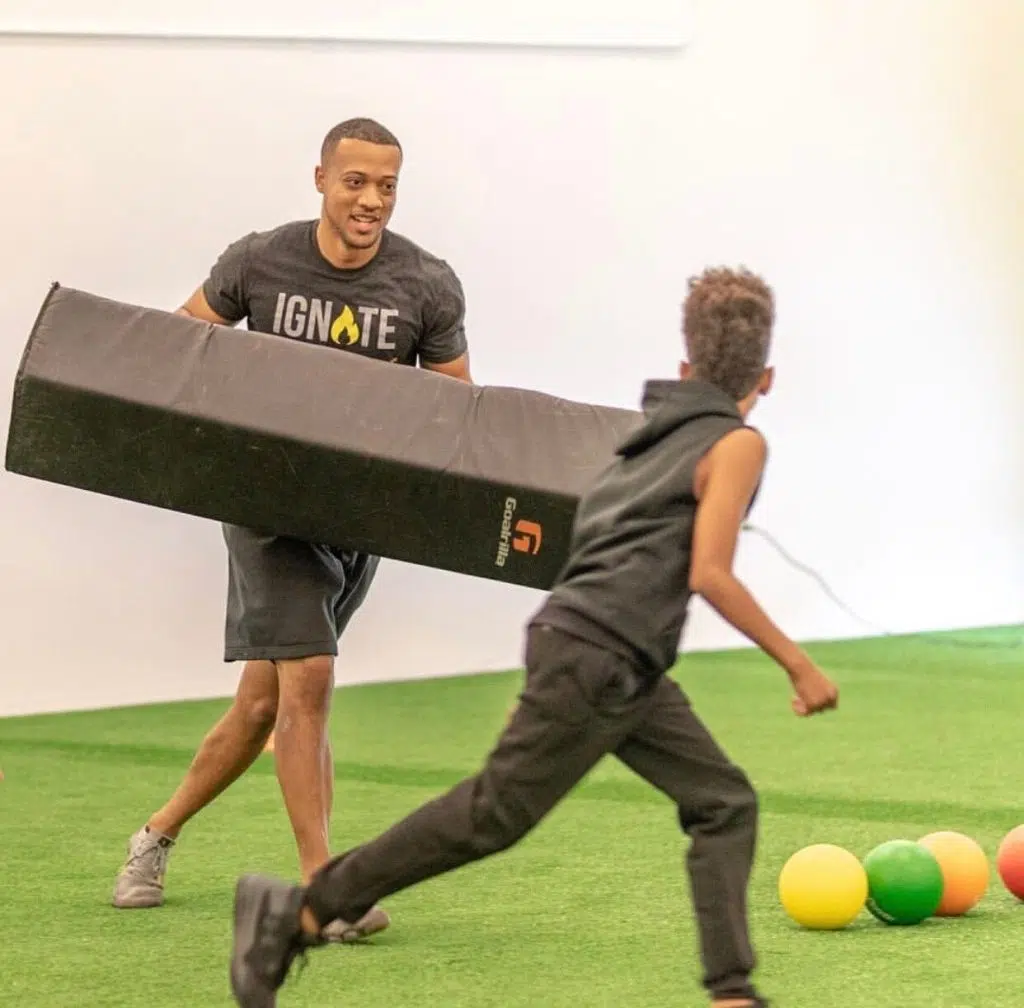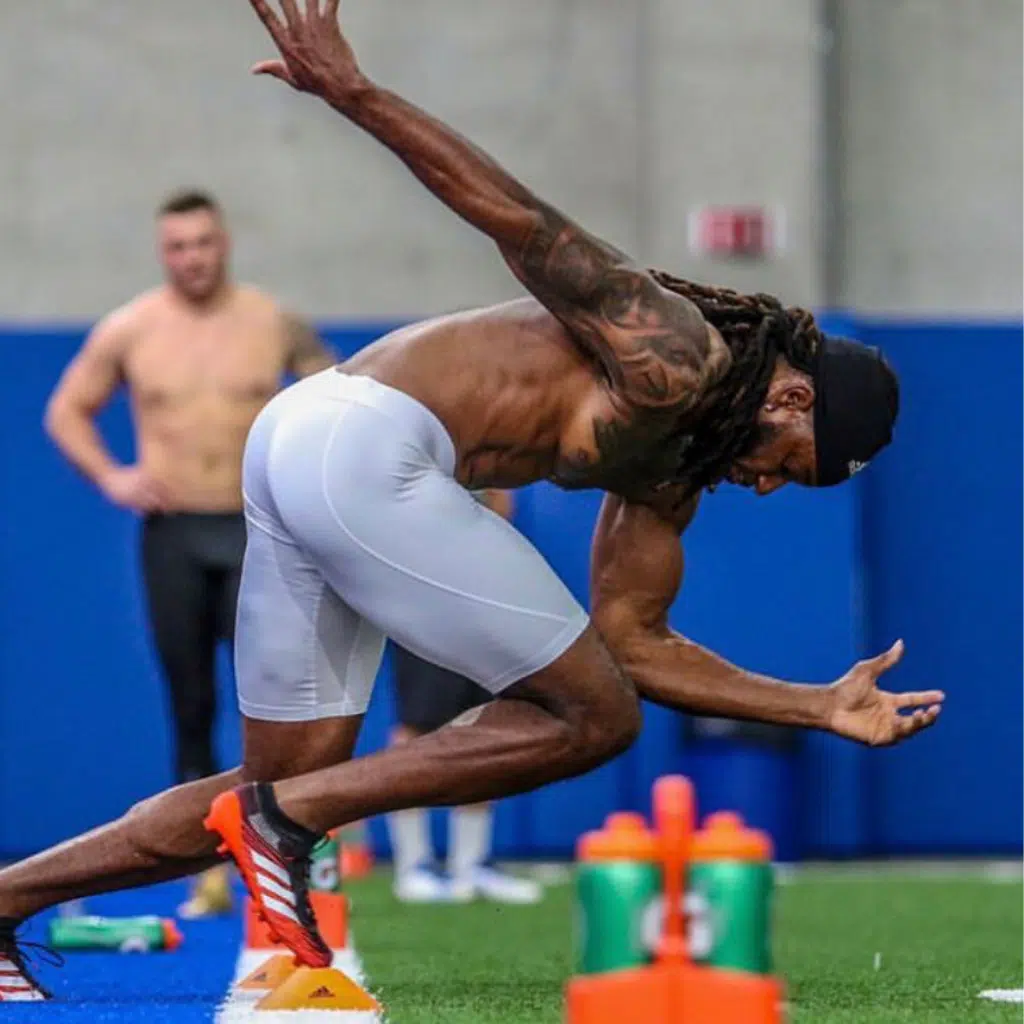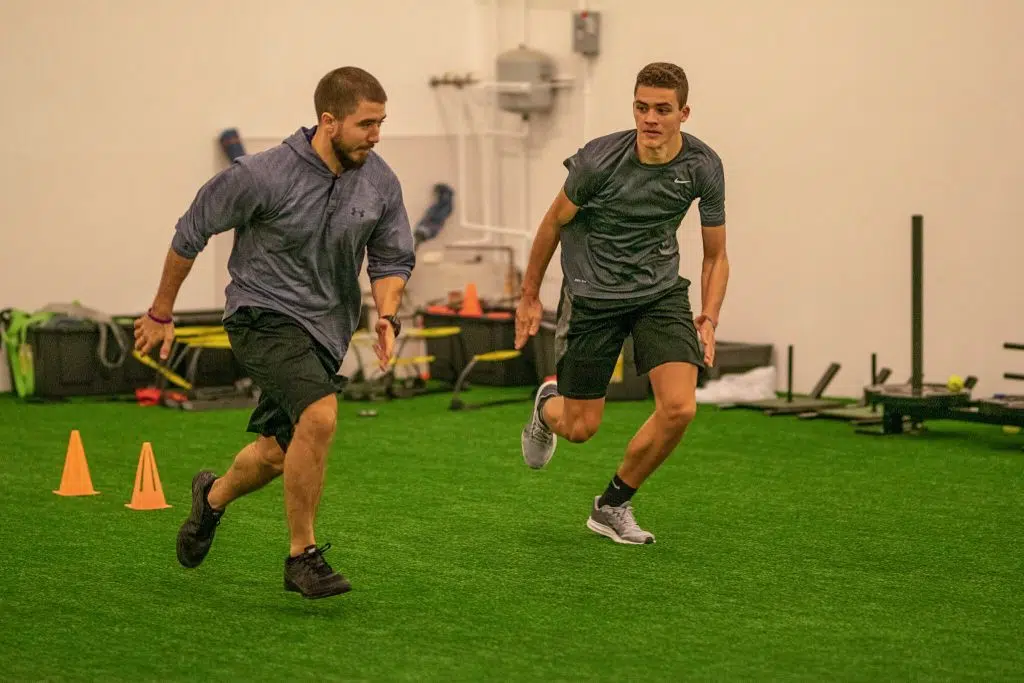Having worked in PT clinics for about 5 years, I would often hear conversations between patients and therapists that would go something like this:
PT: Hey Sally, why are you limping?
Patient: My back is hurting
PT: What did you do?
Patient: Well my trainer made me do this one exercise…
PT: (places palm on face and dies a little inside)
And there you have it. Sally’s trainer didn’t fully understand her injury history, and pushed her too hard, too soon. There is obviously a gap in the transition from PT to functional performance. But why the disconnect? Well, we are here to explore how we can bridge that gap!
The Problem
Before we get into the problem, let’s break down the major players and their roles in this situation:
- Patient/Client- complies with plan of care to the best of their ability.
- Physical Therapist (PT)- Diagnose, treat, and restore function of patient.
- Trainer-Increase functional performance of their client.
Here’s a quick way to think of the difference between roles 2 and 3. Say I am a football player who tears their ACL and has surgery. The PT’s job is oversee the rehab process, and restore full range of motion and strength of the injured leg. But it is not their job to re-teach that player how to plant and cut on that leg. That’s where a qualified trainer or coach comes in. But often times, athletes completely skip this step and head right back to the field.
Those are the basic roles of each party, however, there are times when they overlap. There are times when the PTs do increase functional performance, and when trainers do help restore function. But sometimes there is a gap as that patient transitions from physical therapy to functional performance.
The problem can be summed up in this quote from Eric Christensen, PT from Chandler Physical Therapy:
“There is a lack of experts that help segway between post injury rehab and functional performance. You have to be mindful of functional capacity and know when to push them. Know when to back off and when to push. PT’s aren’t conditioned to get people back to performance and some trainers aren’t mindful of their clients limitations.”
To me, the biggest issue is communication, or really a lack thereof. Communication between patient, PT, and trainer is paramount. There has to be a delicate balance between each party and what their roles are. As a performance coach, and having been a patient (many many times), those are the roles I will be covering today. Here’s how we both sides can do to improve them.
What Trainers Can Do
Show humility and outsource
In any profession you have to know when something is beyond you. The same is true for training. We obviously want to solve the problem and get the desired result for the client. But there becomes a time when outside intervention is needed. As a trainer or coach, it is your responsibility, or rather your obligation to do what is in the best interest of your client. The fact is, sometimes you can’t achieve their best interest without a little help.
In cases like this, it’s best to refer your client to a PT you trust. It may affect your client’s training schedule in the short term (and lets be honest your wallet as well), but it has a greater benefit in the long term. Your client will be able to train with you longer , and will have a greater respect for you knowing you have their best interest in mind.
Facilite Communication
This step is probably the most beneficial, yet overlooked step. As a trainer if you have a client who is in PT, or who recently had PT, knowing your clients plan of care is extremely important. But when asking the patient what that is, sometimes the information is lost in translation.
The best thing to do as a trainer is to call the PT directly, or even attend one of your clients sessions. Even if you client has been discharged from PT, it is still a good idea to reach out. It’s an extra step, and you may have to go through some extra red tape (HIPPA), but it eliminates any communication errors,
Always “Leave One in the Chamber”
Now I’m not advocating shooting your clients (no matter how lazy there are!), but what I am advocating for is restraint. If you tell your client 3 sets of 12 on squats and they are on set 3, showing clear signs of fatigue and poor form, then STOP. Who cares if they only got to rep 10.
During these high levels of fatigue, especially during compound lifts, injuries can happen. Pushing for that extra rep isn’t worth the risk of injury. This is a rule that should be followed for trainers when it comes to all their clients.
What Patients Can do
Hire a Qualified Trainer
This one seems pretty obvious, but you’d be surprised how many people seek trainers who don’t fit their needs. If you are a person in the market to higher a trainer, then do some research. Ask your trainer’s background and if they have a history of working in corrective exercise, or post rehab clients. If they aren’t comfortable answering those questions, then it isn’t the right fit for you.
Know Your Limitations and Be Smart
FACT…No one knows your body better than you. When coming off an injury, it is important to know the difference between soreness, and injury. Your body will speak to you when you are doing something that’s pushing it to far. Post injury is not the time for “no pain. no gain”.
Consider your situation and be smart. If you are coming off a herniated disc, is it really a good idea to exercise 6 days a week or jump right back into OrangeTheory? Probably not.
Be Honest with Yourself and Your Goals
As a client I think its REALLY important to have your stated goals align with the outcome you want. That means being honest with yourself and where you want to be at physically. After PT, its on you to figure out if you want to fill that gap.
You have to ask yourself “Do I really want to get back on the field?”, Or “Do I really want to get back to that run that 10k?” If not, than thats fine. PT will get you back to your ADLs (activities of daily living) and life will be good. But if you want to increase your functional performance, then seeking out another professional is the route for you
The gap between PT and functional performance is REAL, and something I’m passionate about. As a former athlete who’s been injured many times, I understand that bridging that gap is the key to long term functional performance. Hopefully after this post, that gap is a little more narrow than it was yesterday.








